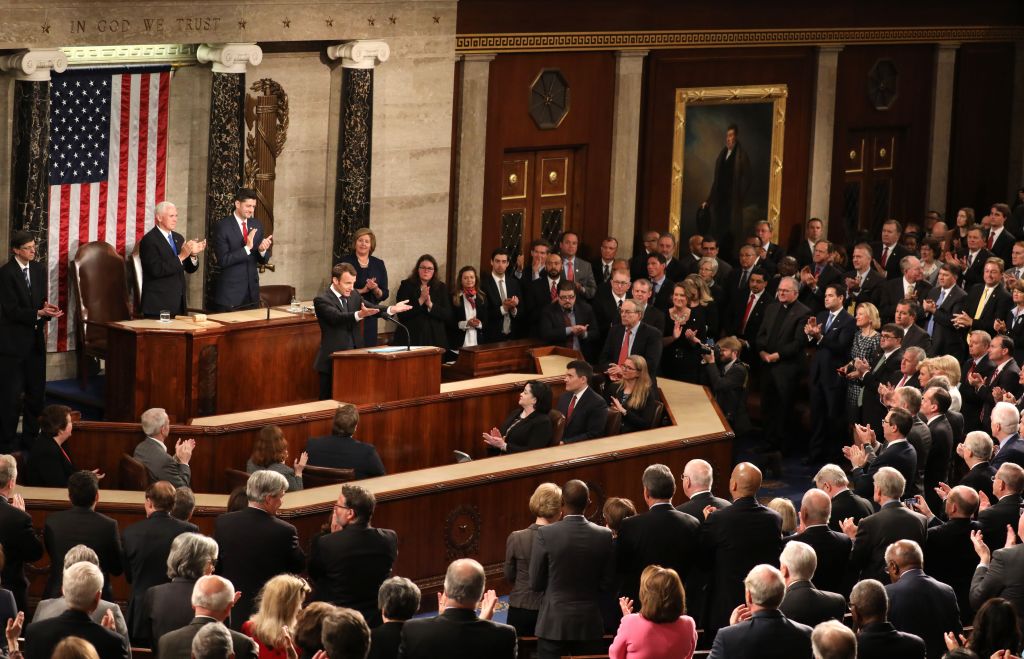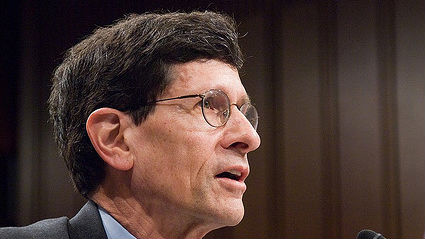Market Failure Cannot Be Resolved Without Regulation

I am all for free markets and not mucking them up with government intervention. But the economic theory of regulation tells us that if there is a market failure, it cannot be resolved privately. The public sector must get involved.
The most illustrative examples of such failures in U.S. financial markets were the frequent financial panics from the 1850s until the Great Depression. Those episodes taught us that when illiquid, asset holdings (e.g., loans) of the financial sector are financed short-term (e.g., by deposits), and are hit by a severe macroeconomic downturn, failures of financial firms can lead to system-wide runs on deposits. This in turn leads to a massive disruption of the system that provides credit to households and corporations. When economists bandy about the term systemic risk, this is the type of event they are referring to.
The market failure here is that, although each financial institution may have been behaving optimally on an individual basis, the firm had no incentive to take into account the effect of their actions on the system as a whole. In economics, we call this a negative externality and it is analogous to an industrial firm causing pollution. In the example above, financial failure of one bank increased the possibility of runs on other banks, leading to the system-wide collapse.
The government regulation to address the market failure in this case was to insure retail depositors against losses (today’s FDIC guarantee), thus stopping the cycle of bank runs. Of course, these government guarantees came at great cost, not least the resulting moral hazard. So the government had to enact offsetting regulation and charge banks premiums for deposit insurance, restrict them from certain risky activities, and subject them to prompt corrective action.
This served financial markets well for over a half century. As time passed, however, the regulation became antiquated. Over the last two decades, deposit premiums became mispriced, some financial firms like Fannie Mae and Freddie Mac grew so large that they became too-big-to-fail, and shadow banks—banks such as off-balance sheet vehicles, money market funds, and investment banks that operate outside of the system—proliferated, performing bank-like functions albeit with little or no regulation. In fact, in this financial crisis, we faced modern day equivalent runs on most of the shadow banking sector.
One might argue that the government is not capable of effective regulation and makes matters so much worse that it would be better to accept systemic risk and deregulate. But the legislative response to the Great Depression and its success would suggest otherwise.
And in terms of the government’s latest financial reform, the Dodd-Frank Act is clearly well intended by focusing regulation for the first time on systemic risk. Moreover, the legislation plugs some obvious holes in the financial system like off-balance sheet financing, OTC derivatives, rating agencies, and mortgage underwriting, among other areas. That said, the legislation ultimately falls short in both its approach and focus.
After a recent presentation to 170 or so risk management executives on Dodd-Frank, I took a quick poll and the vast majority believed another financial crisis was going to occur within the next ten years. This should not be surprising. The legislation does not charge systemically risky firms upfront for the systemic risk imposed upon others; instead, choosing to penalize surviving firms when a crisis occurs. This creates a free rider problem which will lead to a race to the bottom. Moreover, in terms of moral hazard, the legislation leaves in place mispriced government guarantees, and, with respect to excess leverage, conditions for regulatory arbitrage persist. There is also no attempt to create a level playing field by regulating shadow banks and banks similarly
Nevertheless, while there is little doubt that regulatory failure played an important role in the crisis, the solution should not be to walk away and leave systemic risk in place. I would still take Dodd-Frank over the current system or, more extreme, a world with zero financial regulation and frequent financial panics. But we still have plenty of wood to chop on the regulatory front. This is just the middle innings of a very long game ahead.
Matthew Richardson is a professor of finance at NYU Stern School of Business.




